







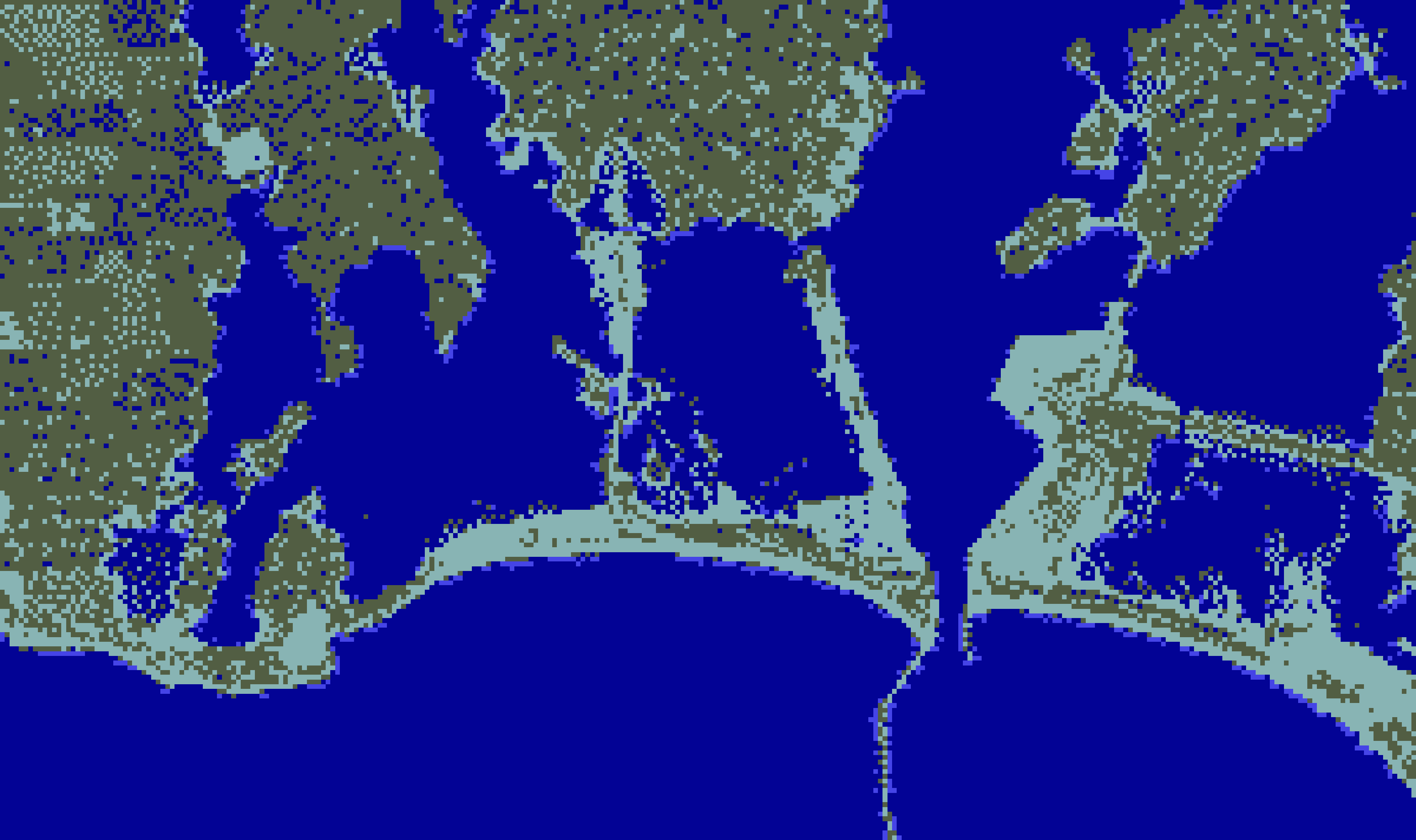
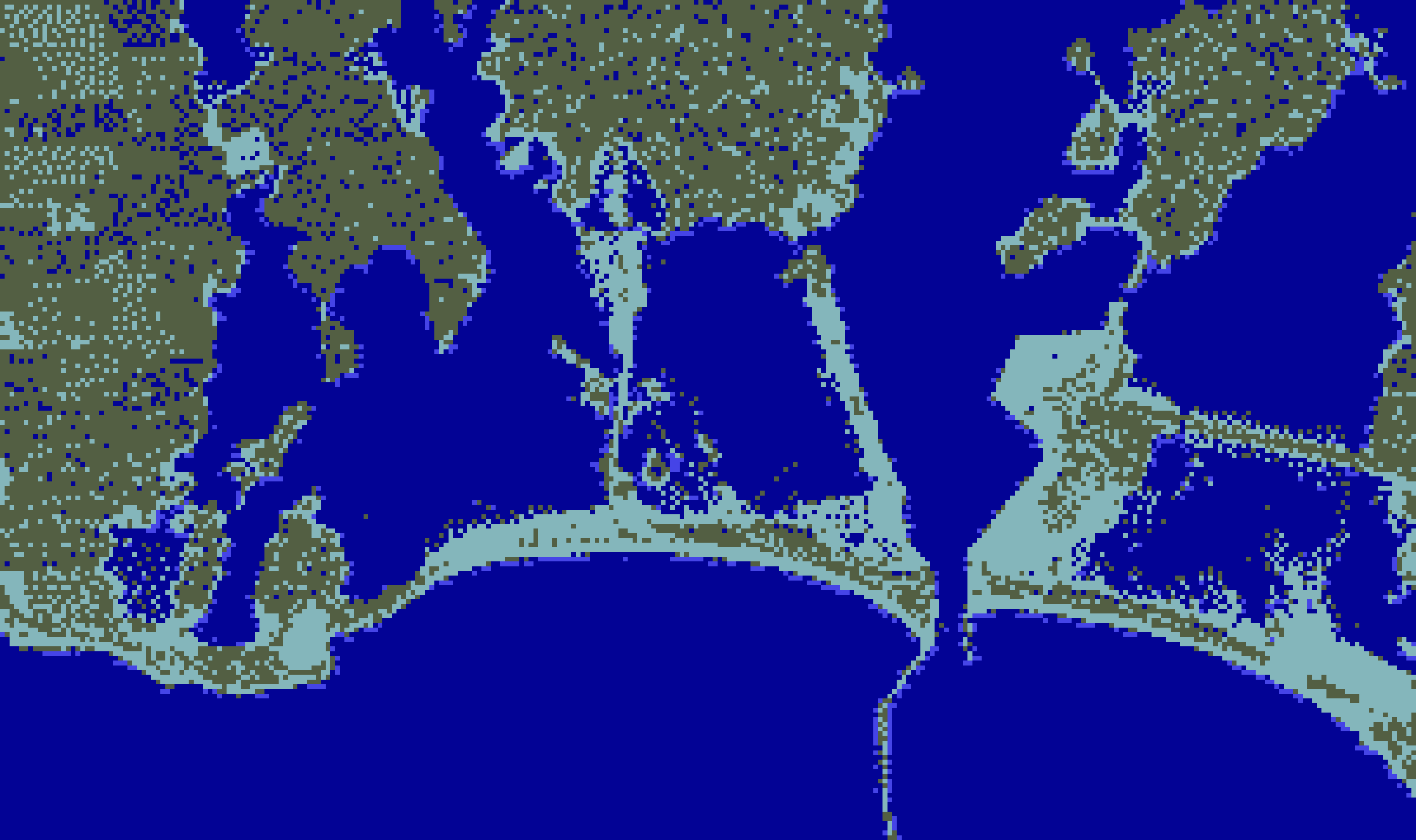
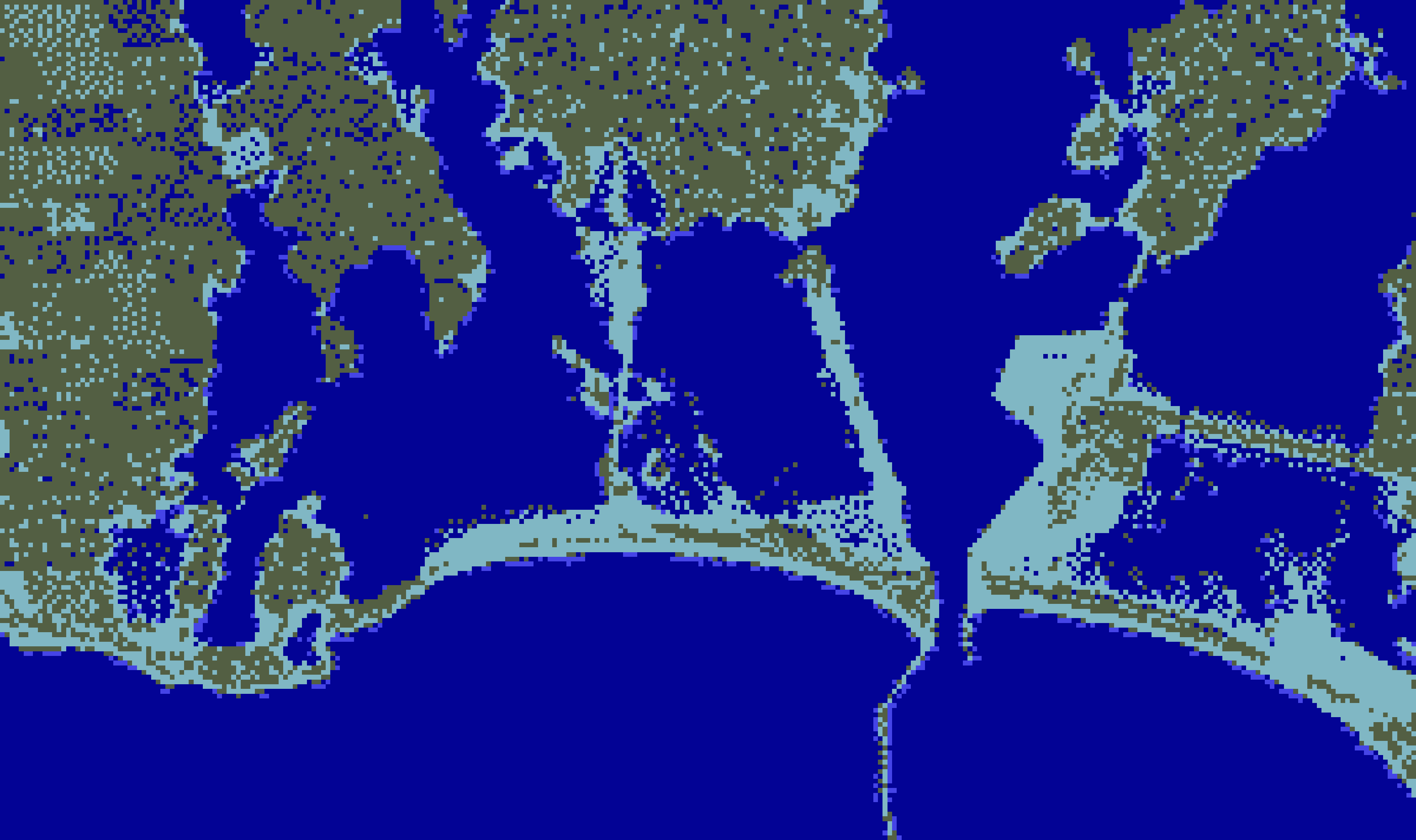
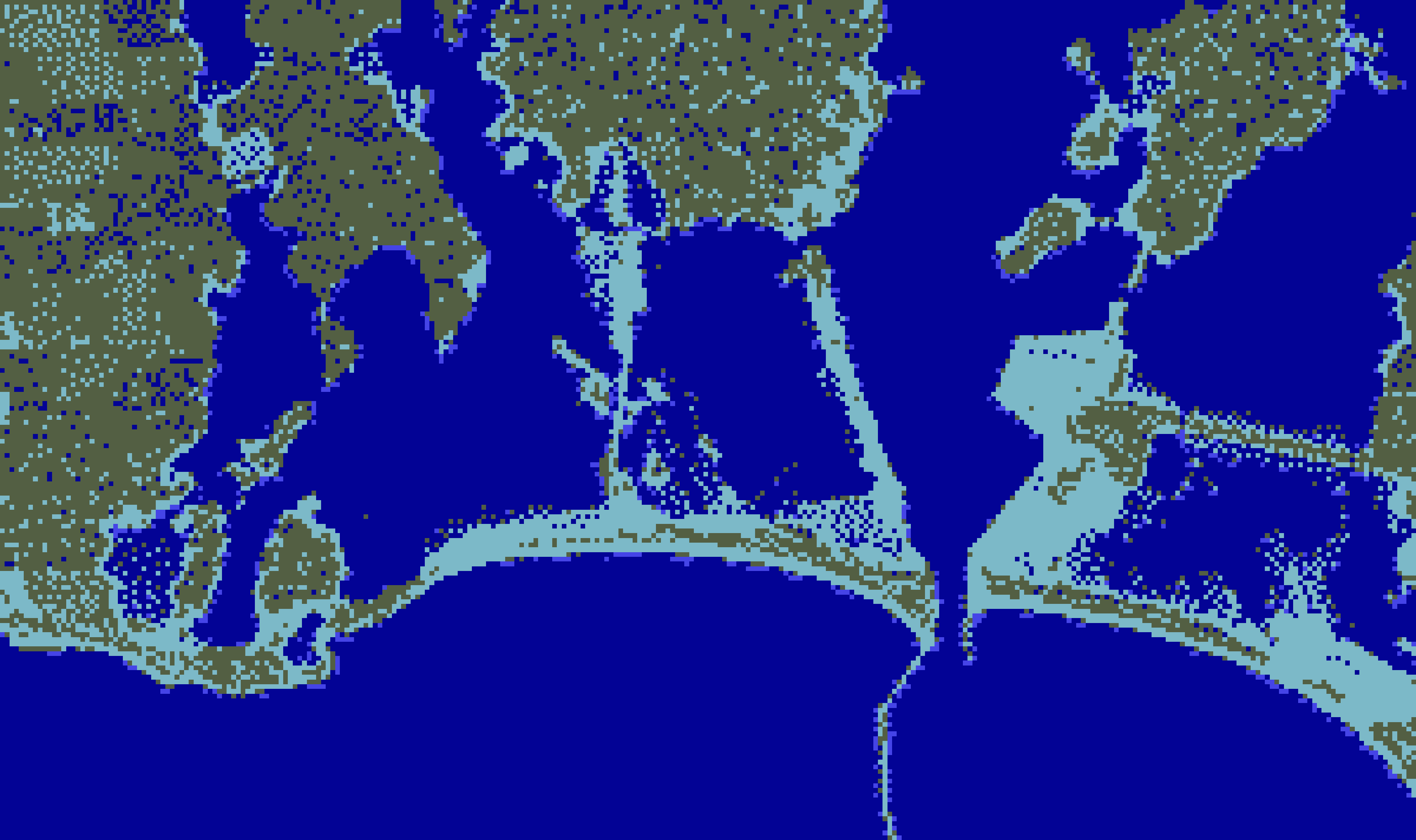
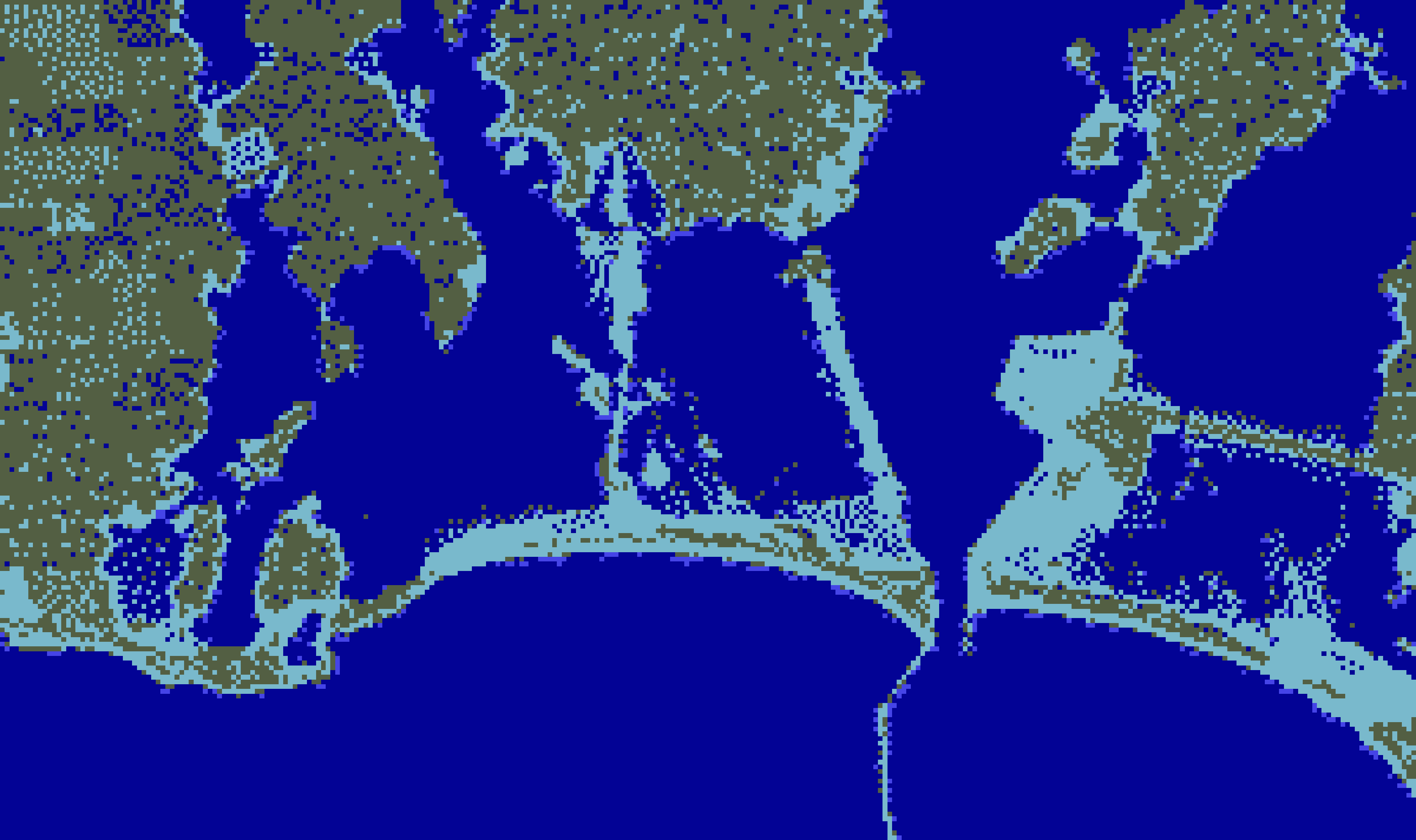
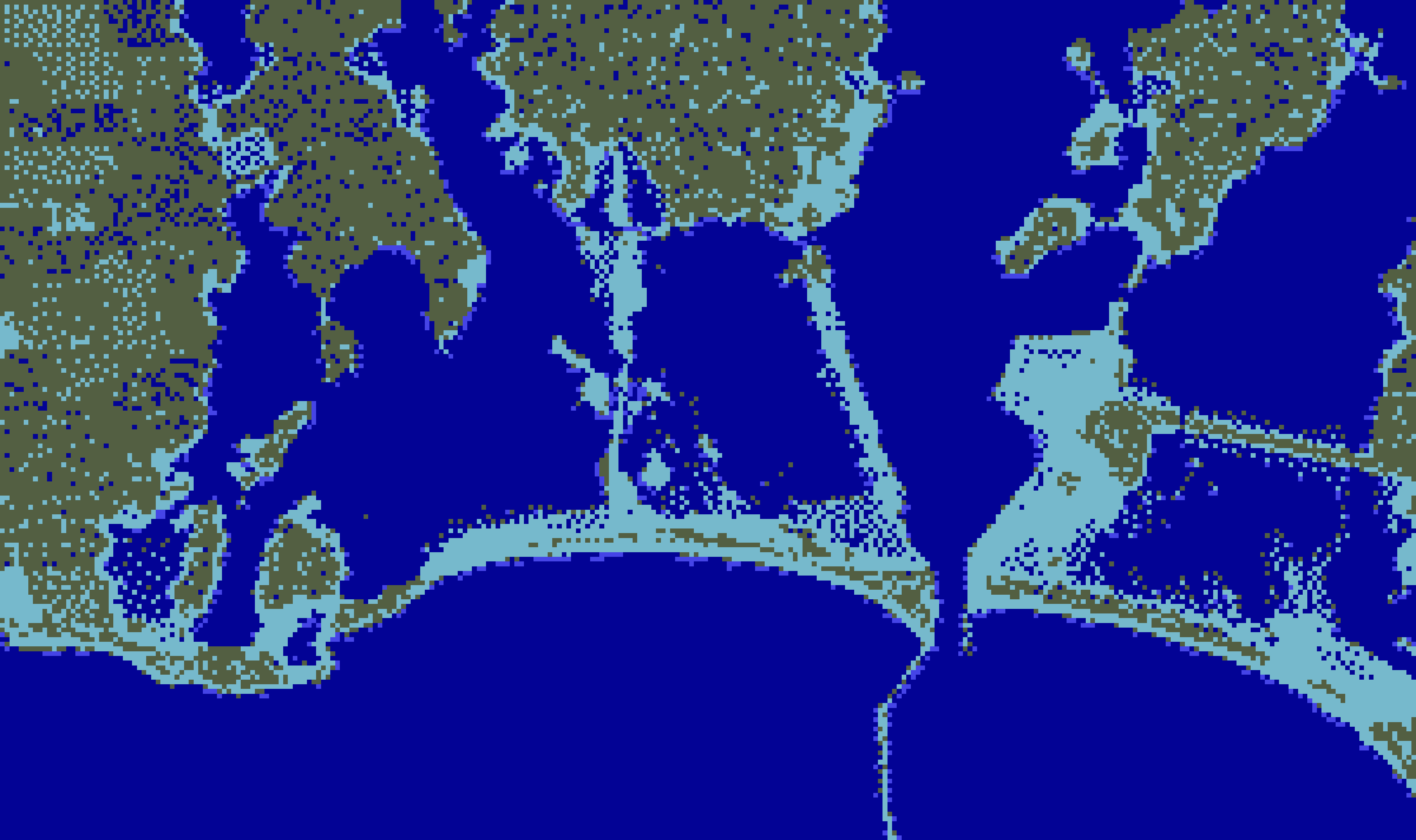
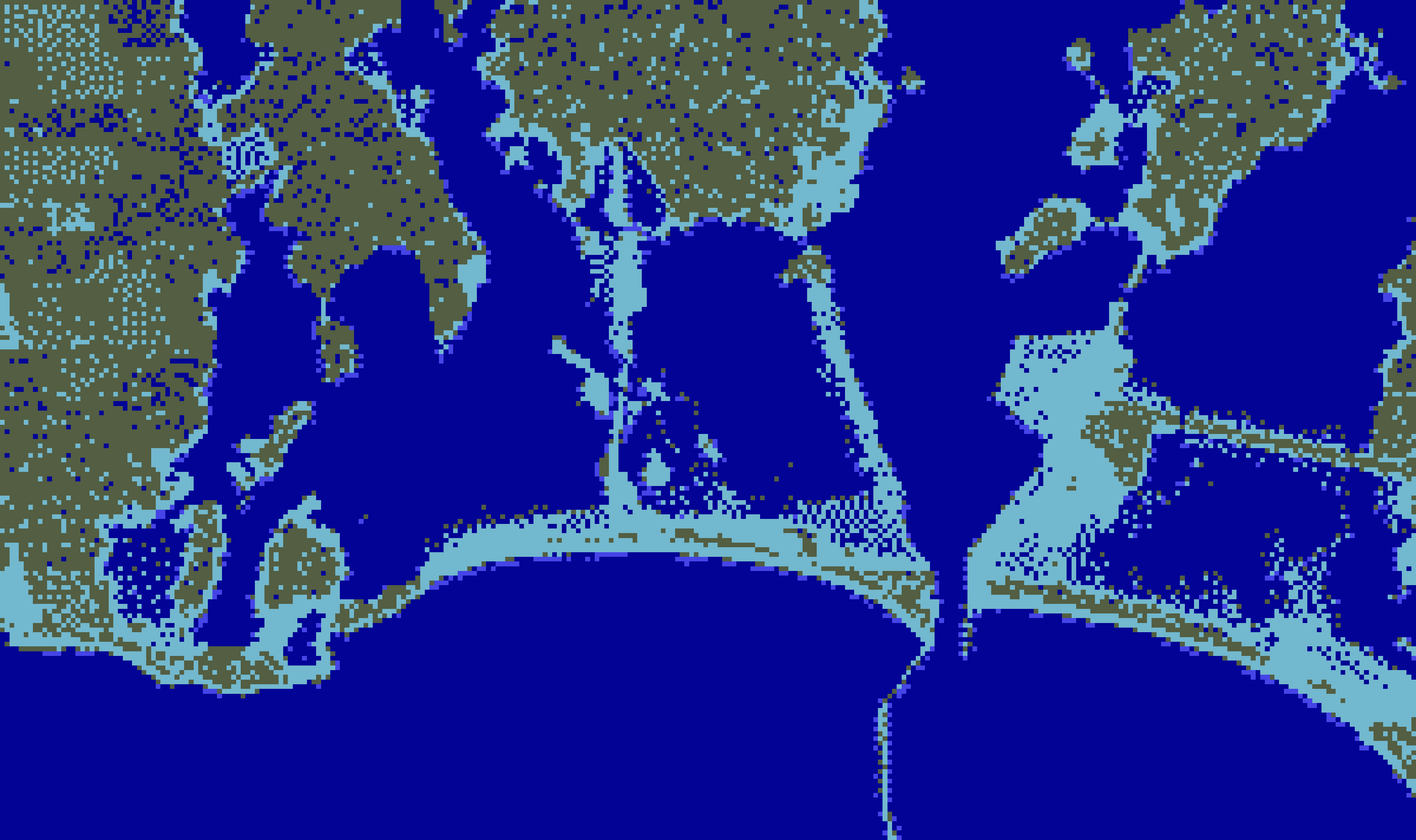
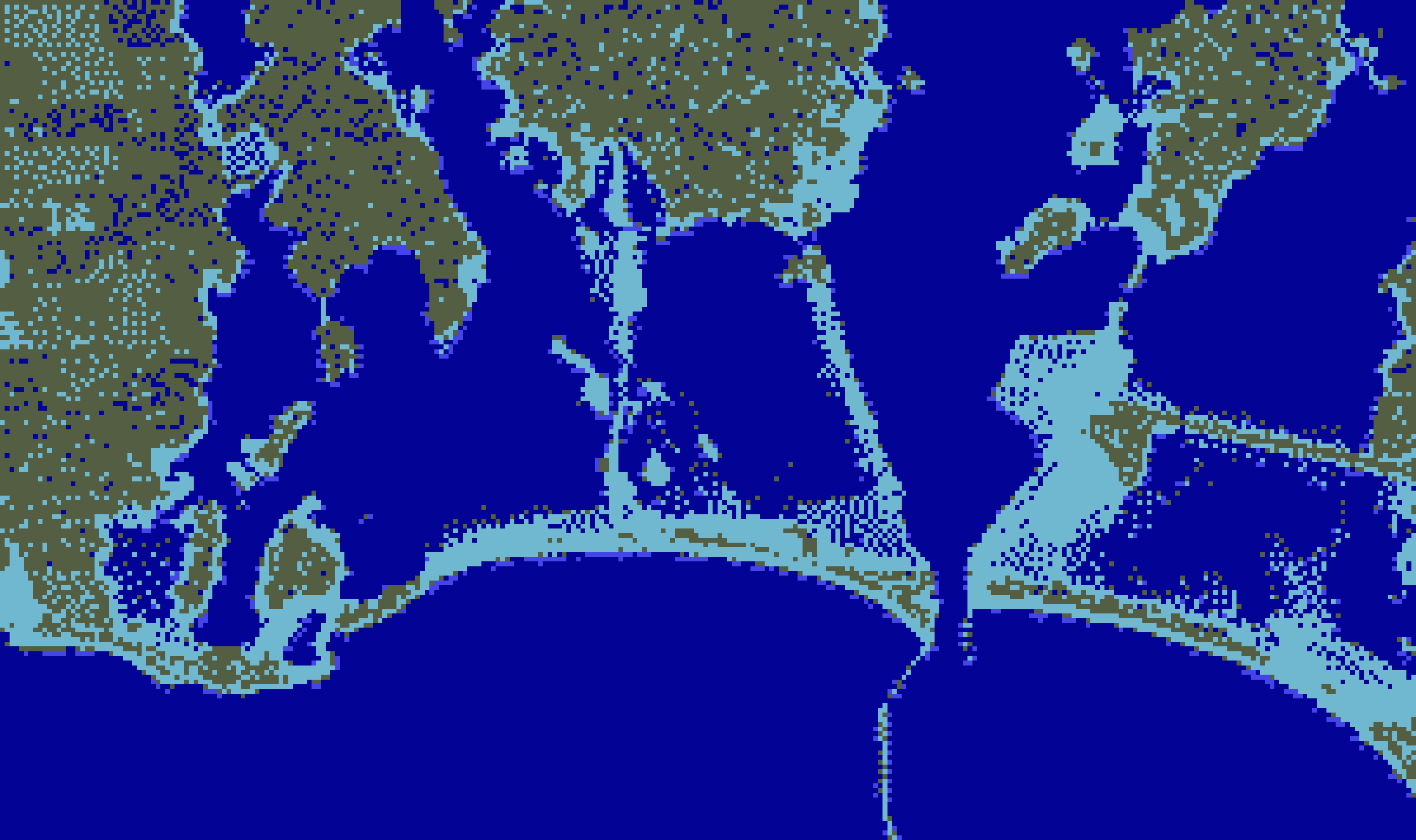
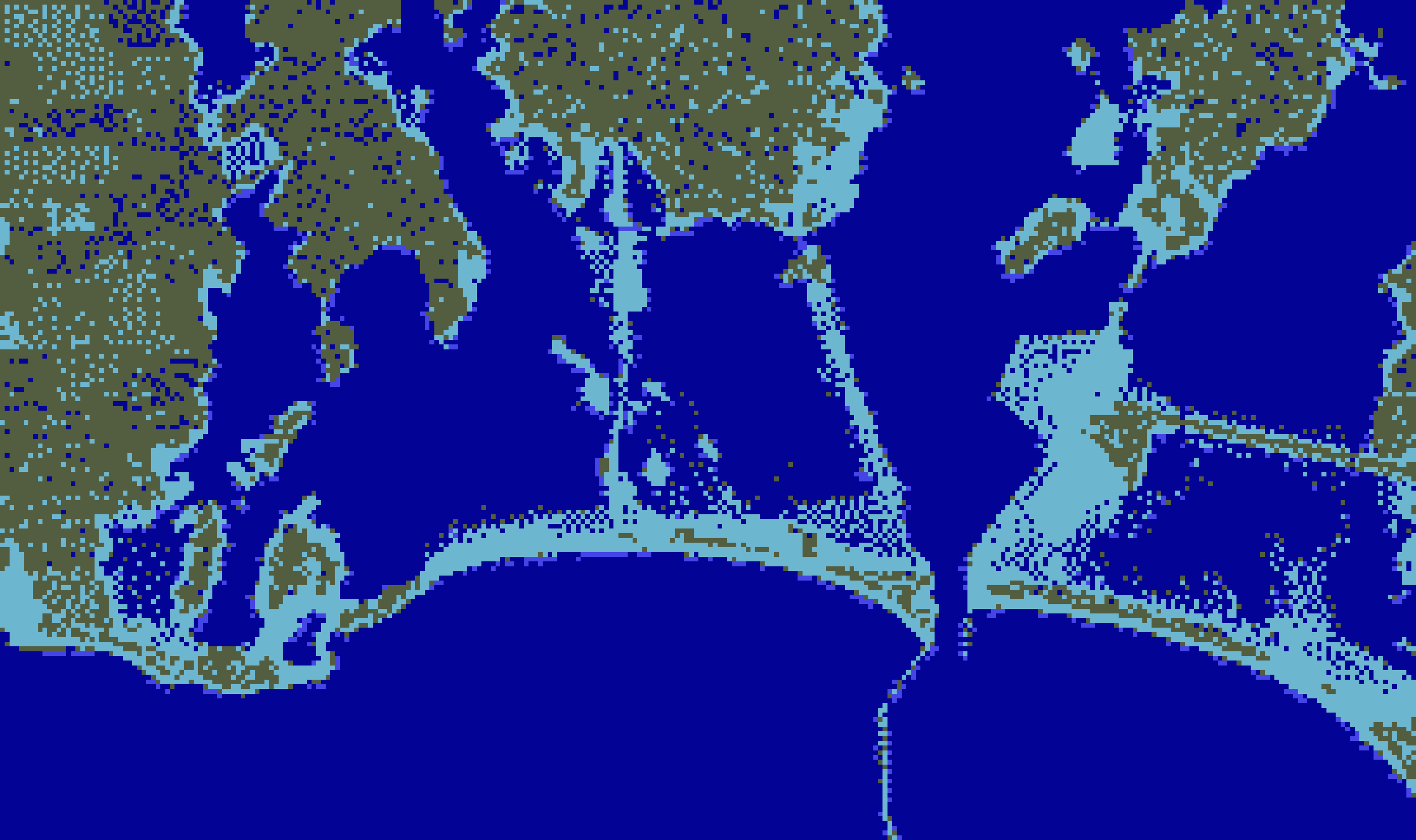
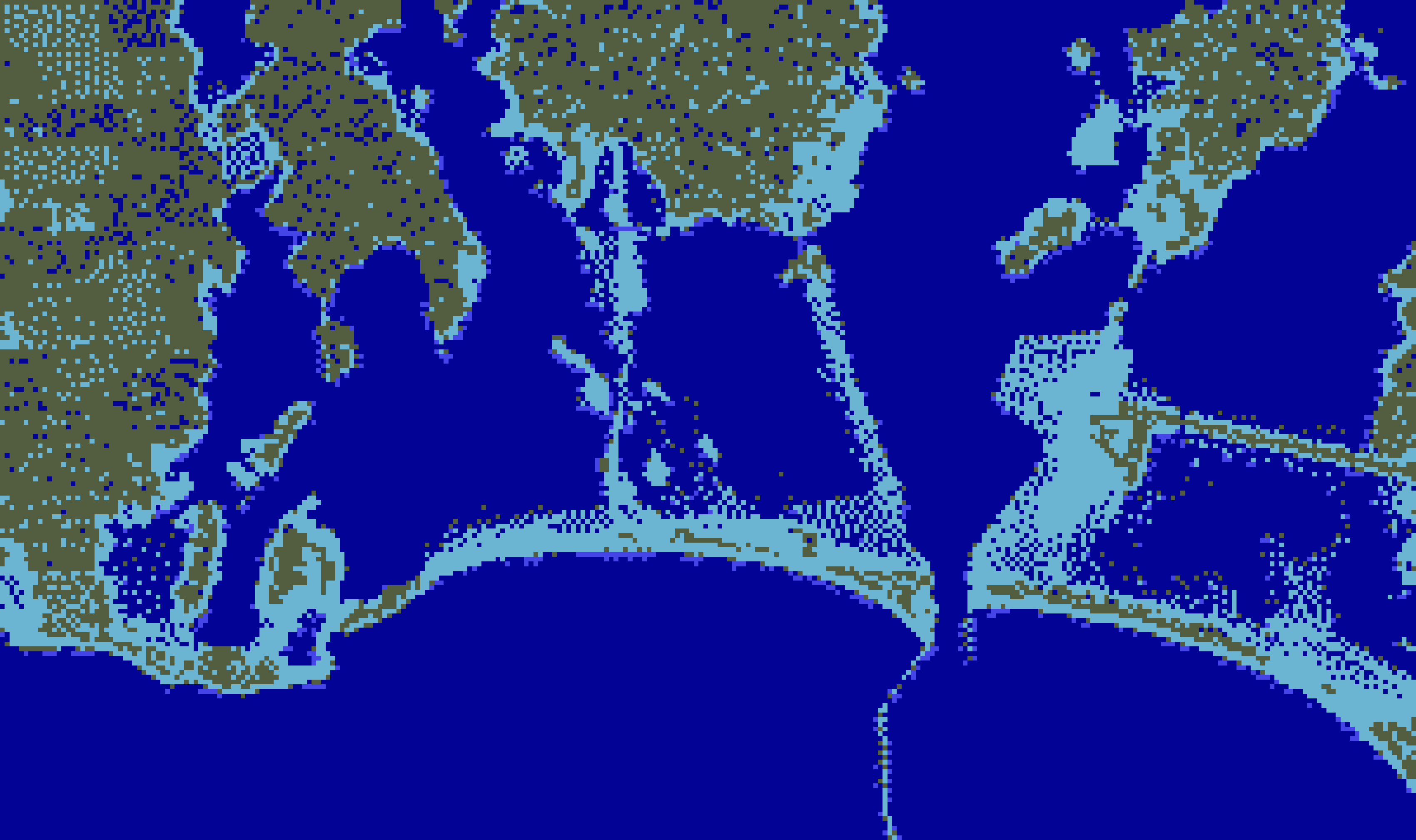

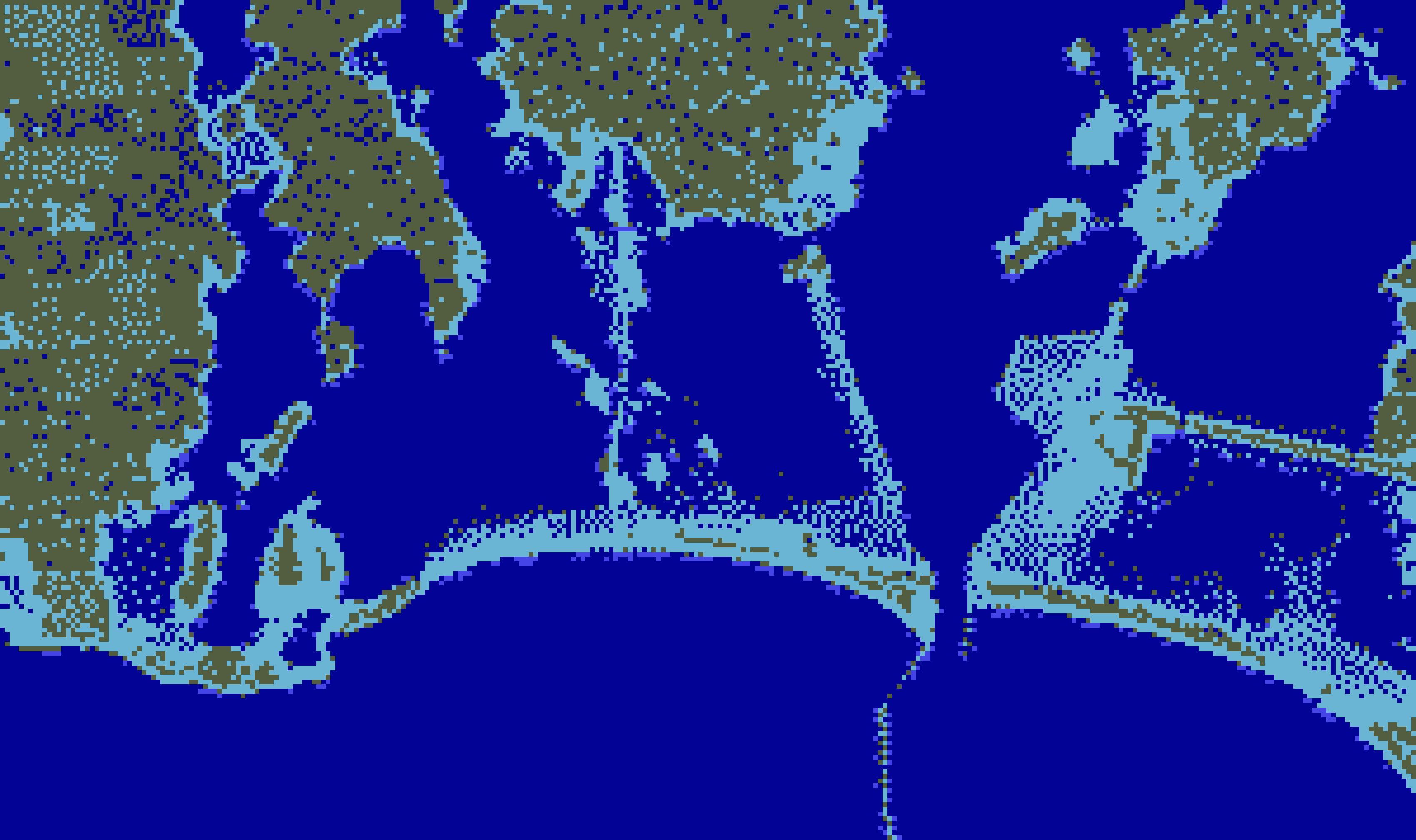
By 2100, Potter's Pond, RI will experience 9+ inches of sea level rise. We're imagining a future beyond displacement.
TIDELANDS is an extended reality (XR) experience that immerses audiences in a speculative climate future along Potter’s Pond, Rhode Island—a coastline projected to be underwater by century’s end. Set in 2100, the piece follows a day in the life of a coastal community that has reclaimed a landscape once abandoned after flooding, evacuation, and state withdrawal. The narrative unfolds during an annual sealife harvest festival—a civic ritual rooted in local traditions, reconfigured through reciprocity with water, weather, and more-than-human life.

Built in Unity, TIDELANDS merges NOAA flood projections, 3D ecological scans, field-recorded soundscapes, site-specific architecture, and oral histories into an immersive environment rooted in real people and place. Growing from a multi-year collaboration with RI’s blue sector, it explores how XR can serve as both a storytelling medium and a civic tool for place-based co-creation of climate futures.
How do we want to live, when we can no longer live as we do now?
Rather than accept coastal abandonment as inevitable, TIDELANDS offers a counter-imaginary to coastal displacement: a vision of climate resilience where our local communities with deep ties to the shore adapt—and even thrive—in the face of rising seas.
The story of TIDELANDS begins with SCUP.
SCUP Aquaculture (2023-2025) was an award-winning initiative responding to rising tensions in the state’s coastal economy—between offshore wind developers, shellfish farmers, and traditional fisheries. SCUP proposed a multi-use approach: shared aquaculture platforms sited within the underused buffer zones around offshore wind turbines.
Developed in collaboration with aquaculturists, fisheries scientists, and wind developers, the first prototype—a modular, low-cost system of oyster cages, mussel lines, and buoys—was designed to strengthen Rhode Island’s food resilience by enabling sustainable protein cultivation in open ocean environments.
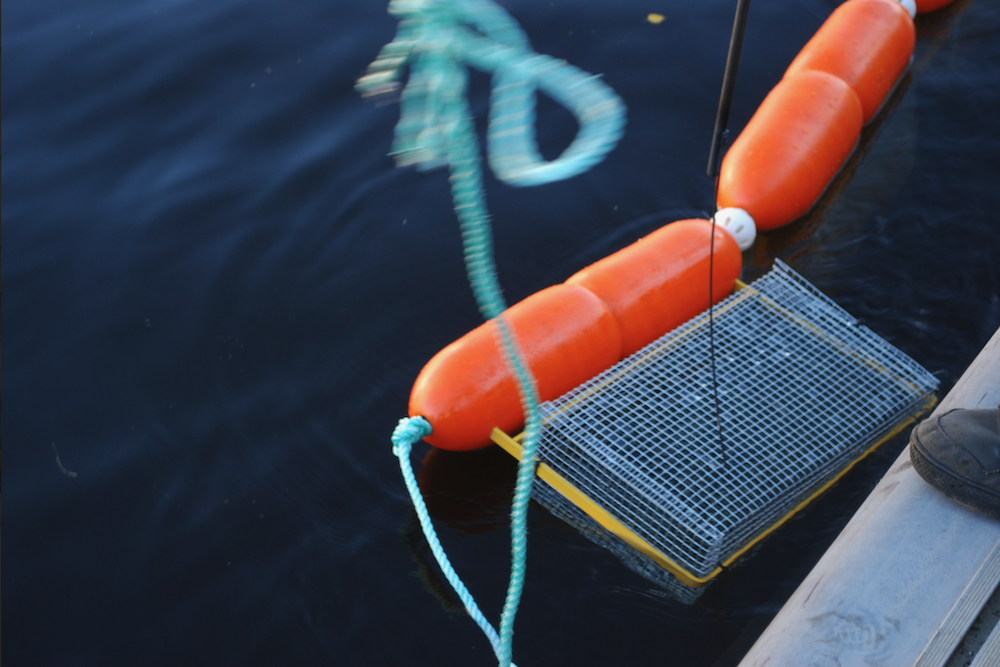
But SCUP was never just a technical intervention—it was a relational one. It was built through long-term relationships: interviews, workshops, and field research with local fishers, scientists, and policymakers. These collaborations revealed both the potential of multi-use infrastructure and the structural barriers preventing it: corporate leasing, regulatory fragmentation, and inflexible liability frameworks. Even with strong community interest, the policy environment made implementation nearly impossible.
This is where our next phase, TIDELANDS, began. Rather than continue refining a design boxed in by those constraints, we shifted the inquiry:
What kind of ecological, political, and cultural conditions would allow this project—and a truly integrated, community-led future—to take root?
TIDELANDS emerged from that question. Drawing insights we uncovered through SCUP, TIDELANDS envisions the conditions of tomorrow under which community-led adaptation becomes possible. This phase builds on the same foundation of community collaboration, environmental research, and local expertise—but moves beyond the limits of current policy and existing systems.
Where SCUP offered a first-phase prototype, TIDELANDS offers a generative framework: a co-created process for imagining coastal futures grounded not in top-down projections, but in the lived experiences and agency of communities who call these coastlines home.
We envision a future where climate adaptation is not imposed from above, but imagined and shaped by the communities who live with the water.
Based on NOAA and state-level climate projections, Potter’s Pond—an ecologically rich estuary and working waterfront in South Kingstown, RI—is expected to face up to nine feet of sea level rise over the next 75 years. This future is neither abstract nor benign. It is already reshaping a top-down narrative of coastal displacement and migration: redrawing shorelines, redefining insurance policies, and informing planning frameworks that determine who and what is worth saving.
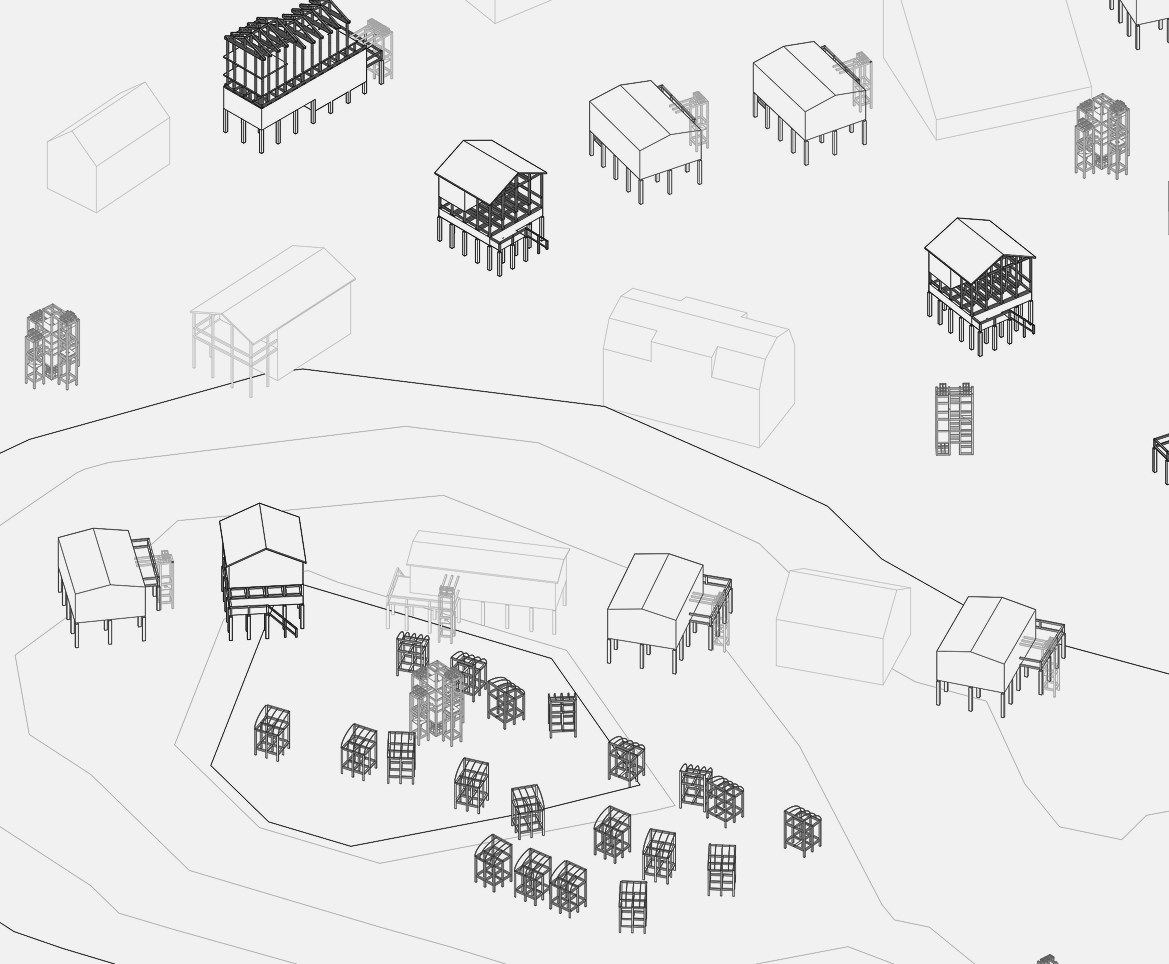
These narratives of managed retreat too often ignore the lived knowledge, cultural histories, and ecological relationships that define place for coastal communities. For some, leaving is not simply a practical challenge; it is a loss of identity, practice, and way of life. It is erasure.
TIDELANDS challenges this logic. It resists the flattening of adaptation into evacuation plans and policy briefings, and instead invites local residents to envision futures beyond displacement. Through interviews, co-writing sessions, and workshops, we’re bringing aquaculturists, fishers, chefs, scientists, and Indigenous stewards into the imagination of new civic ecologies—expansive futures that cultivate healthier ways of knowing and being with our human and more-than-human neighbors.
By surfacing stories often excluded from formal planning processes, TIDELANDS enables a model of climate adaptation that is not reactive, but regenerative—rooted in relational knowledge and lived connection to a changing coast. Through the medium of XR, we aim to foster not just environmental resilience, but social transformation—where communities become agents in imagining and enacting their own futures.
Check back soon for behind-the-scenes documentation of our research, design process, and public engagements!